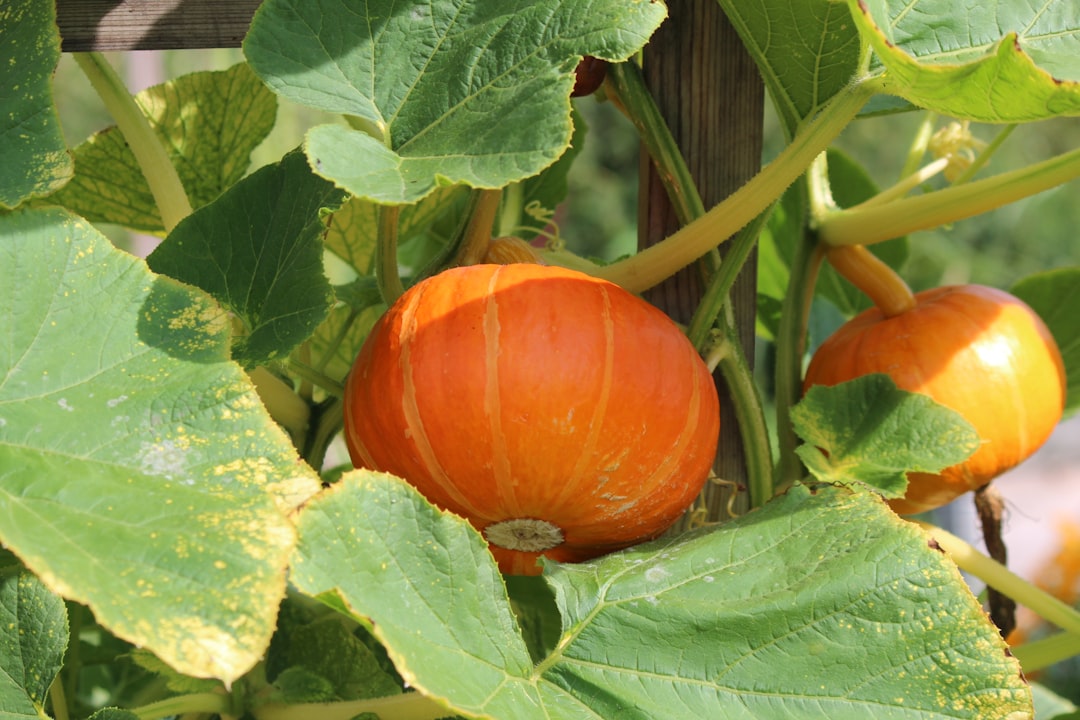Unveiling the Secrets of Cultivating Evolvulus: A Blue - Hued Gardening Delight

When it comes to adding a splash of vivid blue to your garden, evolvulus is an outstanding choice. This heat - loving annual or tender perennial is renowned for its showy blue blooms that can transform any garden into a vibrant oasis. In this article, we will explore essential tips for growing evolvulus successfully.
Understanding Evolvulus
Evolvulus, also known as Blue Daze, belongs to the Convolvulaceae family. It is native to tropical regions, which explains its preference for warm and sunny conditions. The plant typically grows to a height of 6 - 12 inches and spreads about 12 - 18 inches, making it suitable for various garden settings, including borders, containers, and hanging baskets.
Choosing the Right Location
One of the most crucial factors in growing evolvulus is selecting the appropriate location. These plants thrive in full sun, which means they need at least 6 - 8 hours of direct sunlight per day. A sunny spot in your garden will ensure that the plant produces an abundance of blooms. However, in extremely hot climates, some afternoon shade can prevent the plant from getting scorched.
Ensure that the location has well - drained soil. Evolvulus does not tolerate waterlogged conditions, as this can lead to root rot. If your soil has poor drainage, consider amending it with organic matter such as compost or peat moss. This will improve the soil structure and allow excess water to drain away more effectively.
Soil Preparation
Before planting evolvulus, it is essential to prepare the soil properly. Start by testing the soil pH. Evolvulus prefers slightly acidic to neutral soil, with a pH range of 6.0 - 7.0. If the soil is too acidic or alkaline, you can adjust the pH by adding lime to raise it or sulfur to lower it.
Loosen the soil to a depth of about 8 - 10 inches using a garden fork or tiller. This will allow the roots to penetrate easily and access nutrients and water. Incorporate a slow - release fertilizer into the soil at this stage. A balanced fertilizer with an NPK ratio of 10 - 10 - 10 is a good choice. This will provide the plant with the necessary nutrients for healthy growth throughout the growing season.
Planting Evolvulus
You can start evolvulus from seeds or purchase young plants from a nursery. If starting from seeds, sow them indoors about 8 - 10 weeks before the last frost date. Use a seed - starting mix and lightly cover the seeds with a thin layer of soil. Keep the soil moist and warm, around 70 - 75°F (21 - 24°C). The seeds should germinate within 7 - 14 days.
Once the seedlings have developed a few sets of true leaves and the danger of frost has passed, they can be transplanted outdoors. Space the plants about 12 - 18 inches apart to allow for proper air circulation and growth. When transplanting, handle the seedlings gently to avoid damaging the roots.
If you are using nursery - bought plants, dig a hole slightly larger than the root ball. Place the plant in the hole, making sure that the top of the root ball is level with the soil surface. Backfill the hole with soil and gently firm it around the plant. Water the plant thoroughly after planting to settle the soil around the roots.
Watering and Fertilizing
Evolvulus has moderate water requirements. Water the plant deeply but infrequently, allowing the top inch of soil to dry out between waterings. Overwatering can lead to root rot, while underwatering can cause the plant to wilt and produce fewer blooms. During hot and dry periods, you may need to water more frequently.
Feed the plant with a balanced liquid fertilizer every 4 - 6 weeks during the growing season. This will provide a continuous supply of nutrients and encourage healthy growth and abundant blooming. Follow the instructions on the fertilizer package for the correct application rate.
Pruning and Maintenance
Regular pruning is beneficial for evolvulus. Pinch back the tips of the stems when the plant is young to encourage bushier growth. This will result in a more compact and full - looking plant. Remove any dead or damaged leaves and spent blooms throughout the growing season. This not only improves the plant's appearance but also prevents the spread of diseases.
Keep an eye out for pests and diseases. Common pests that may affect evolvulus include aphids and spider mites. You can control these pests by spraying the plant with a strong stream of water or using an insecticidal soap. Fungal diseases can be prevented by ensuring good air circulation around the plant and avoiding overhead watering.
Winter Care
If you live in a region with cold winters, evolvulus is typically grown as an annual. However, if you want to overwinter the plant, you can bring it indoors before the first frost. Place the plant in a bright, sunny location and reduce watering. Keep the temperature above 50°F (10°C) to prevent the plant from going dormant.
In conclusion, growing evolvulus can be a rewarding experience. By following these essential tips on location, soil preparation, planting, watering, fertilizing, pruning, and winter care, you can enjoy the beautiful blue blooms of this heat - loving plant in your garden year after year.